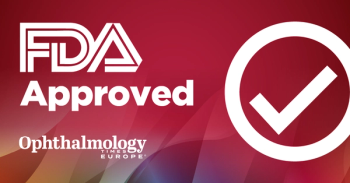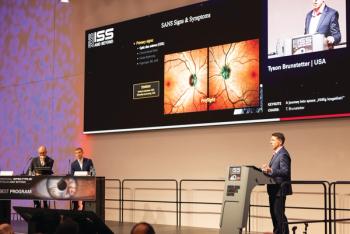
|Articles|September 1, 2014
Corneal crosslinking shows favourable long-term outcomes
Studies with follow-up of 2 to 6 years show that corneal crosslinking for progressive keratectasia is safe and induces long-term structural changes.
Advertisement
Data showed that CXL results in a significant keratometric flattening effect that is stable in most eyes, while causing minimal complications or significant best spectacle-corrected visual acuity (BSCVA) loss, noted Prof. Seiler, professor of ophthalmology, University of Zurich, and chairman, IROC Zurich, Switzerland.
Newsletter
Get the essential updates shaping the future of pharma manufacturing and compliance—subscribe today to Pharmaceutical Technology and never miss a breakthrough.
Advertisement
Latest CME
Advertisement
Advertisement







































